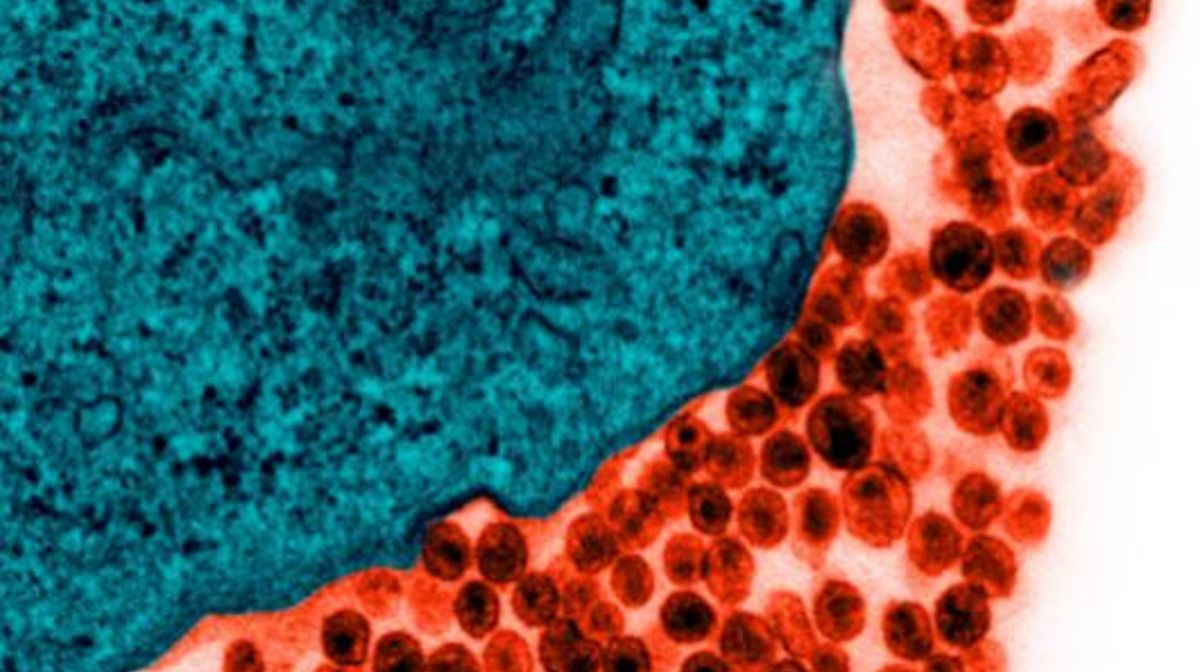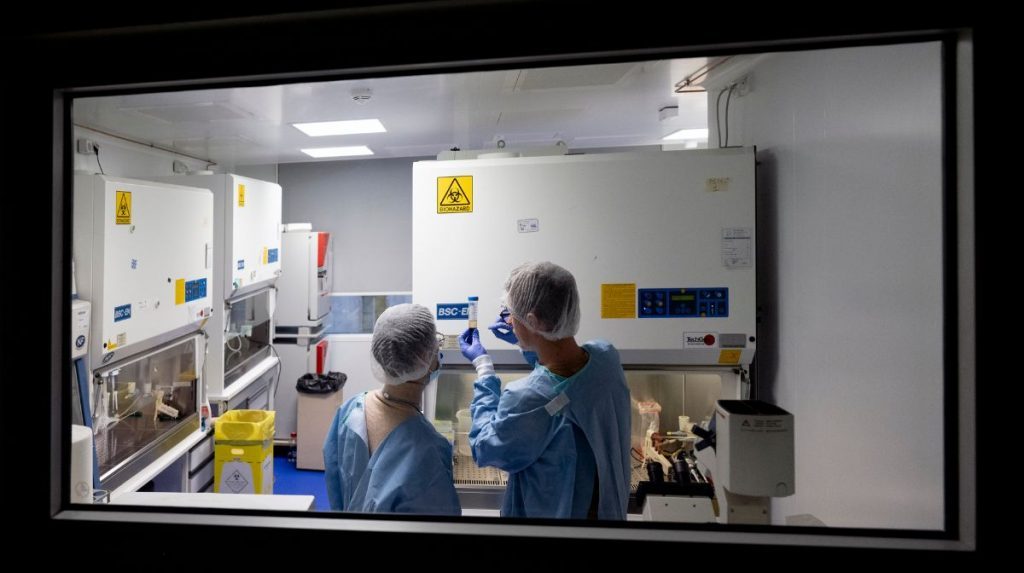
Today there is no cure for HIV (with some exceptions). Speaking of which carcinoma Hepatocellular cancer, which affects the liver, is one of the deadliest cancers. Advanced DNA vaccines have been tested against both diseases. And the results are very promising.
An article that can be found in the magazine Inserm No. 58
Vaccinations RNA and DNA have been at the forefront during the Covid-19 pandemic. If ordinary people discovered these tools on this occasion, scientists have been working on them for about thirty years. In the immunology laboratory and new concepts in Immunotherapy In Nantes, Bruno Pitard and his team have just achieved promising results on DNA vaccines that work against HIV and hepatocellular carcinoma, the fifth most common cancer worldwide.
“ Nucleic acid vaccines consist of the production of a antigen through the body we want to protect », remembers the researcher. The synthesis of this antigen leads to the production of corresponding antibodies as part of the adaptive immune reaction. “ For the vaccination to be successful, it is also necessary to stimulate the innate immune response when injecting the DNA or RNA. », continues Bruno Pitard. That is, the activation of warning signals that stimulate this Immune reaction adaptive, namely the synthesis of antibody. That’s exactly what he and his team achieved.
A vector that escapes endocytosis
In order to achieve this, the DNA still had to be introduced into the right place. “ Many DNA vaccines were developed like RNA vaccines. explains Bruno Pitard. Entry into the cell took place through endocytosis, i.e. by folding the cell membrane onto itself: the resulting bubble (the endosome) contains the proteins that recognize the cell. Penetration of RNA and triggering of the immune response. But we found that those that recognize foreign DNA are found in the cytoplasmor within the cell. » Hence the previous ineffectiveness of DNA vaccines.
Therefore, it was necessary to develop a delivery vehicle – a vector – made up of molecules that carry positive charges and whose size is small enough to slip through the membrane and enter the cell without triggering endocytosis. This is the case with vector 704, a polymer which resembles a star, in the middle of which four branches serve as carriers for the DNA strand to be transported. The Nantes team tested their vector in the context of two diseases: HIV infection in mice and hepatocellular carcinoma in macaques.
On the way to the first clinical studies
In mice, the introduction of this vector and the corresponding DNA sequence triggered an immune response and produced antibodies that prevent the interaction between HIV and the CD4 protein of lymphocyte immune cells, with the same effectiveness as in mice. People who synthesize broad-spectrum neutralizing agents have antibodies and manage to cure the disease on their own. The next step is to test the safety of the HIV vaccine in primates, which should not be a problem given the more advanced results on carcinomas.
In fact, the vector has proven to be just as effective in macaques with the same immunological profile as in patients suffering from this cancer. The whole challenge was to recognize AFP, a protein synthesized by tumors, as a foreign element so that the body produces antibodies. “ Thanks to vector 704, we are able to trigger a very strong innate immune response. Thus, AFP is synthesized (thanks to the DNA provided by the vaccine) in an inflammatory context, sufficient to induce the production of antibodies and lymphocytes specific to AFP. »
With these results, researchers could attempt an injection in humans as early as next year. But above all, this solution, very adaptable and easy to produce, can be used in the context of any infectious disease or other pathology by mobilizing the immune system.
Bruno Pitard is a researcher in theUnit Immunology and new concepts in immunotherapy (Unit 1302 Insert/EMR 6001 CNRS/University of Nantes/University of Angers), in Nantes.
source : Colombani et al. 704/DNA vaccines utilize cytoplasmic DNA stimulation to promote the production of neutralizing anti-HIV antibodies in mice and a strong immune response against alpha-fetoprotein in non-human primates. Mol Ther Nucleic Acids., May 4, 2023; doi: 10.1016/j.omtn.2023.04.029
Author: BS
also read








